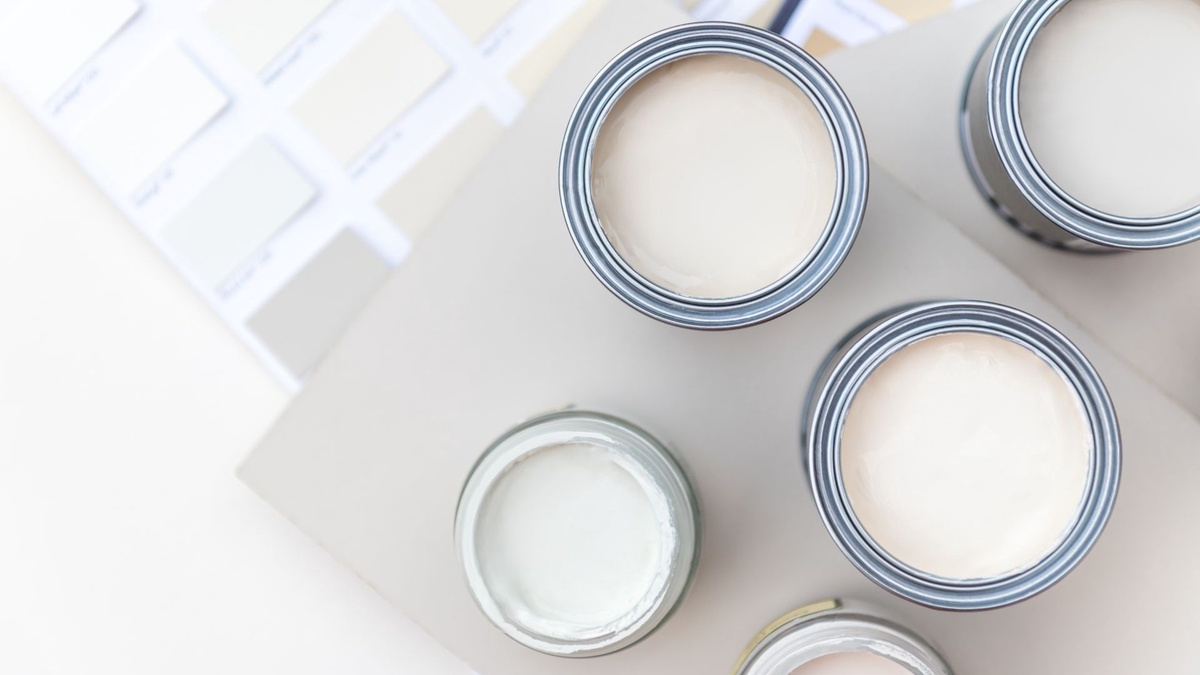For generations, plaster interior walls have been emblematic of American home construction, adorning antique mansions and quaint country cottages alike. While modern homeowners may be more accustomed to drywall or sheetrock, the allure of plaster walls endures. This comprehensive guide aims to demystify the process of painting plaster walls, offering insights and techniques for achieving stunning results.
Can You Paint Plaster Walls?
Indeed, the charm of classic homes often lies beneath layers of dated wallpaper or peeling paint, concealing pristine plaster walls waiting to be rejuvenated. The good news is that painting plaster walls is a feasible task, requiring no specialized equipment beyond what's typically used for sheetrock. Whether embarking on a classic restoration or a contemporary restyle, a fresh coat of paint can transform plaster walls into a focal point of elegance and sophistication.
However, the efficacy of paint on plaster hinges on meticulous preparation. Skipping essential steps in the preparatory phase can compromise the final result.
Preparing Plastered Walls for Painting
Safety Considerations
It's crucial to note that many older house paints contain lead. Therefore, when sanding or stripping old paints, always wear protective gear such as eye protection and a respirator.
Removing Old Paint
The initial step in painting old plaster walls involves stripping away any existing coatings. This can be achieved through:
- Paint Scrapers and Sandpaper: Ideal for addressing chipped or peeling paint.
- Chemical Strippers: Effective for removing paint that remains relatively intact.
Patching and Repairing Plaster
Upon exposing bare plaster, meticulous attention to repairing and patching any cracks or damage is imperative. Neglecting this step can lead to the exacerbation of cracks over time. For minor cracks, paintable caulk offers flexibility to prevent recurrence, while larger holes necessitate patching akin to drywall repair, followed by sanding to achieve a seamless, uniform surface.
Priming Plaster Walls
Selecting the appropriate primer is paramount, given plaster's susceptibility to moisture and staining. Oil-based primers emerge as the preferred choice for their superior stain-blocking properties and ability to seal out moisture, crucial for preserving the integrity of old plaster walls. Brands like Kilz and Sherwin Williams offer primers renowned for their efficacy in preparing plaster surfaces.
For certain vibrant colors, especially reds and yellows, a tinted primer may be recommended to enhance color vibrancy and ensure uniform coverage.
Choosing the Right Paint Finish for Plaster Walls
Plaster walls lend themselves to a myriad of finishes, ranging from high-gloss to ultra-matte. A versatile choice for most applications is a satin finish, combining the warmth of matte with the durability of semi-gloss. This finish complements various architectural styles, including traditional Victorian designs featuring glossy trim.
While flat or matte finishes may conceal minor imperfections, they are less resistant to scuffs and challenging to clean compared to satin finishes. However, they impart a textured aesthetic ideal for certain design preferences.
Selecting Paint for Plaster Walls
Once plaster walls are meticulously prepared and primed, the choice of paint becomes a matter of personal preference. Satin and eggshell finishes are popular options, with neutral shades like cream and white enhancing resale value.
However, it's imperative to avoid all-in-one paint and primer formulations, as they lack the efficacy of dedicated primers in ensuring adhesion and stain-blocking on old plaster surfaces.
Painting Plaster Walls
With preparation complete, it's time to embark on the painting process. Employing familiar techniques used for drywall, apply paint evenly using a roller for expansive areas and brushes for precision around trim and borders. Opt for multiple thin coats over a single thick coat to achieve a flawless finish, mindful of plaster's propensity to absorb paint.
Additionally, explore creative painting schemes such as sponging or antiquing to infuse character and depth into plaster walls.
Five Steps for a Flawless Paint Job on Plaster Walls
- Lead Testing: Ensure plaster walls are free of lead-based paint, employing at-home lead test kits for verification.
- Old Paint Removal: Eliminate loose or peeling paint using paint scrapers or putty knives to achieve a smooth surface.
- Crack and Hole Repair: Utilize paintable caulk for minor cracks and mesh tape with compound for larger areas of damage.
- Sanding: Prior to priming, sand down walls to achieve a uniform texture, addressing any remaining imperfections.
- Primer Application: Apply a high-quality oil-based primer to seal and prepare plaster walls for painting.
Following these steps meticulously ensures optimal adhesion, durability, and aesthetic appeal for painted plaster walls.
Seeking Professional Assistance
For homeowners seeking professional assistance or expertise in painting plaster walls, contacting a reputable painting service such as Painter Eugene OR can provide tailored solutions and expert craftsmanship, click here for further details about the company.


No comments yet